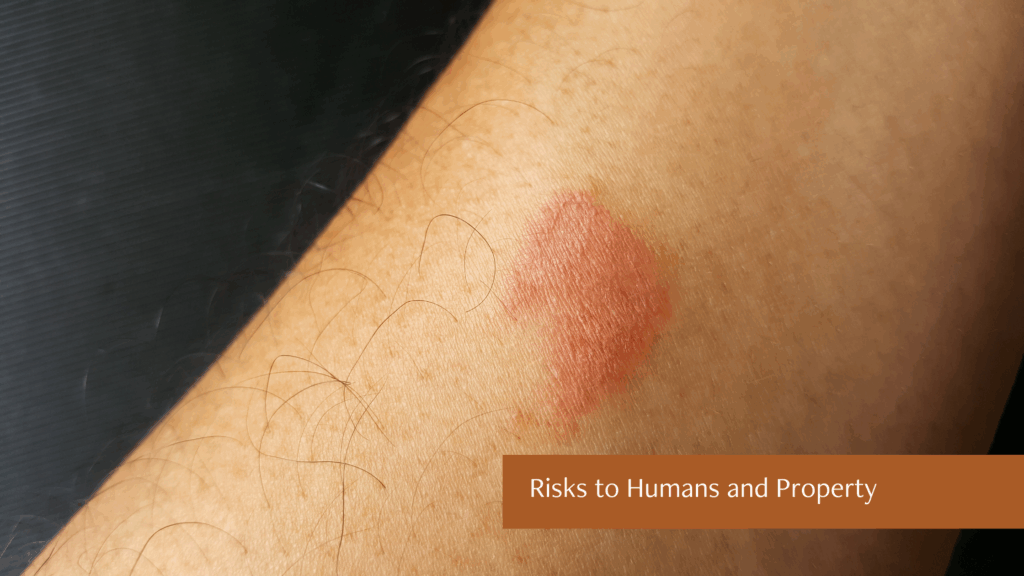Centipede vs Millipedes: Get Rid of Them Fast
Discovering a creature with far too many legs scurrying across your floor can be unsettling. Is it a centipede or a millipede? While both are common household invaders, knowing the difference is key to getting rid of them effectively. This guide will help you understand the core distinctions in the centipede vs millipedes matchup, and provide fast, actionable steps to reclaim your home.
Key Differences: Centipede vs Millipedes
At a glance, these arthropods look similar, but their appearance, behavior, and the threats they pose are quite different. Understanding the centipede vs millipedes debate starts with a closer look at their characteristics.
Appearance and Legs
- Centipedes: Have a flattened body with one pair of legs per body segment. Their legs are longer and stick out from the sides, allowing them to move quickly. The last pair of legs on a centipede point backward and are longer than the others.
- Millipedes: Have a rounded, cylindrical body (like a worm) with two pairs of legs per body segment. Their legs are short, located directly underneath their body, and move in a wave-like motion.
Speed and Behavior
- Centipedes: These are fast-moving predators. If you try to catch one, it will likely dart away rapidly to hide in a crack or crevice. They are primarily nocturnal.
- Millipedes: They are slow and sluggish. When threatened, a millipede’s primary defense is to curl up into a tight spiral.
Habitat and Diet
- Centipedes: As carnivores, centipedes hunt for other small pests like spiders, silverfish, and roach nymphs. They prefer damp, dark areas like basements, crawl spaces, bathrooms, and under sinks. Finding centipedes could indicate you have another underlying pest problem.
- Millipedes: These are detritivores, meaning they feed on decaying organic matter like damp wood, leaf litter, and fungi. They thrive in high-moisture environments, such as under mulch, in compost piles, and beneath flowerpots.
Risks to Humans and Property

- Centipedes: House centipedes are generally considered beneficial because they eat other pests. However, they can deliver a painful, venomous bite if handled or provoked, similar to a bee sting. The bite can cause temporary pain, swelling, and redness.
- Millipedes: Millipedes are harmless to humans. They don’t bite or sting. However, some species can secrete a defensive fluid that may cause mild skin irritation, discoloration, and an unpleasant odor if handled. They are more of a nuisance pest, especially when they migrate indoors in large numbers.
How to Get Rid of Centipedes and Millipedes
Whether you’re dealing with a centipede or a millipede, the goal is the same: get them out and keep them out. The key is to eliminate the moisture and food sources that attract them.
Step 1: Reduce Moisture Inside and Out
Both pests are drawn to moisture. Tackling dampness is your most effective weapon.
- Indoors: Use dehumidifiers in basements, crawl spaces, and attics. Fix leaky pipes and faucets promptly. Ensure bathrooms and kitchens are well-ventilated.
- Outdoors: Check that gutters and downspouts are clear and directing water away from your foundation. Avoid overwatering your lawn and garden.
Step 2: Seal Entry Points
Prevent pests from getting inside in the first place.
- Carefully inspect your home’s foundation, walls, and windows for cracks and gaps.
- Use caulk to seal small openings and steel wool for larger gaps.
- Install weather stripping on doors and windows to create a tight seal.
Step 3: Remove Their Habitat

Make your property less inviting.
- Outdoors: Rake up and remove leaf litter, grass clippings, and woodpiles from near your home’s foundation. Keep a clear, dry border of at least 12 inches around your foundation.
- Indoors: Declutter basements and storage areas to eliminate hiding spots. Store firewood away from the house.
Step 4: When to Call a Professional
While DIY methods are effective for minor issues, a large or persistent infestation requires expert help. A professional can accurately identify the pest, locate the source of the infestation, and apply targeted, safe treatments. If you continue seeing these pests despite your best efforts, it’s time to call for backup.
Frequently Asked Questions (FAQs)
Q: What is the main difference in the centipede vs millipedes comparison?
A: The most significant difference is their leg structure and diet. Centipedes have one pair of legs per body segment and are carnivorous predators, while millipedes have two pairs of legs per segment and eat decaying plant matter.
Q: Are house centipedes dangerous?
A: House centipedes are not considered dangerous. They can bite if provoked, causing minor, temporary pain, but they primarily help control other household pests.
Q: Why are millipedes suddenly in my house?
A: Millipedes often migrate indoors in large numbers seeking moisture during periods of drought or to escape oversaturated soil after heavy rain.
Don’t Let Pests Take Over Your Home
Struggling with a persistent pest problem? Don’t wait for it to get worse. Brooks Pest Solutions are ready to help you identify and eliminate unwanted pests for good. Contact us today to schedule a free, no-obligation inspection and get a custom quote to protect your home.
